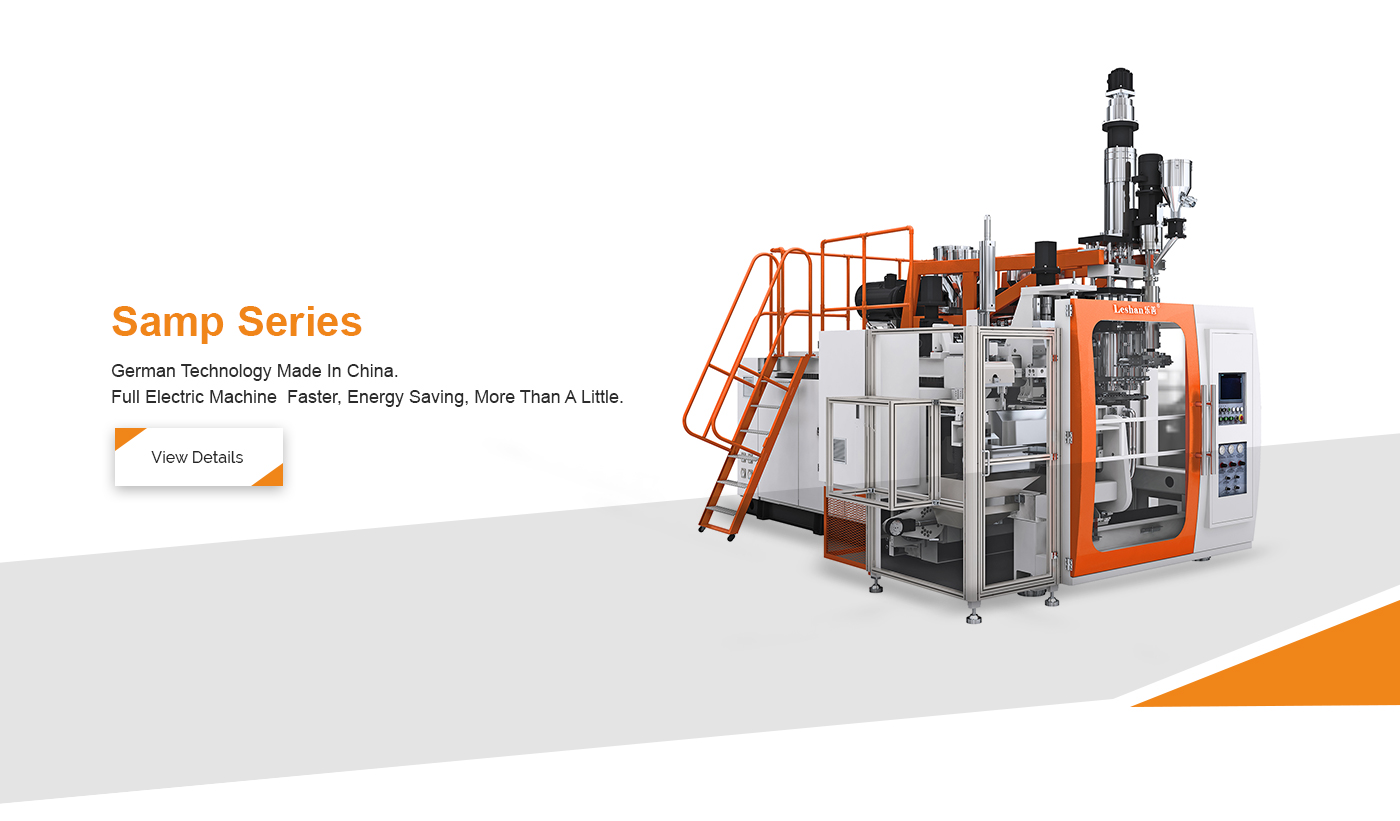
Managing Flash in Blow Molding Machines
Managing Flash in Blow Molding Machines
Blow molding is a critical process in the production of hollow plastic parts and containers. However, one of the common challenges faced in this process is the occurrence of flash. Flash refers to the excess plastic material that forms at the parting line of the mold, which can affect the quality and aesthetics of the final product. At Leshan, a leading blow molding machine manufacturer, we understand the importance of managing flash effectively to ensure high-quality production. In this article, we will explore various strategies and techniques to manage flash in blow molding machines.
Understanding Flash in Blow Molding
Flash is a thin layer of excess plastic that appears at the edges of a molded part where the two halves of the mold meet. It occurs when molten plastic is forced out of the mold cavity during the molding process. While some amount of flash is inevitable, excessive flash can lead to increased production costs, additional post-processing, and compromised product quality.
The formation of flash can be attributed to several factors, including mold design, machine settings, and material properties. Understanding these factors is crucial for effectively managing flash in blow molding machines.
Factors Contributing to Flash
1. **Mold Design**: The design of the mold plays a significant role in the formation of flash. Poorly designed molds with inadequate sealing surfaces or misaligned mold halves are more prone to flash. Additionally, wear and tear over time can also contribute to flash formation.

2. **Machine Settings**: Incorrect machine settings, such as excessive clamping force or improper temperature control, can lead to flash. It is essential to optimize these settings to minimize flash.
3. **Material Properties**: The type of plastic material used in blow molding can influence flash formation. Materials with high melt flow rates or low viscosity are more likely to produce flash. Selecting the right material is crucial for flash management.
Strategies for Managing Flash
Mold Design Optimization
1. **Precision Engineering**: At Leshan, we emphasize precision engineering in mold design. Ensuring proper alignment and sealing of mold halves can significantly reduce flash. Regular maintenance and inspection of molds are also crucial to prevent wear and tear.
2. **Ventilation Channels**: Incorporating ventilation channels in the mold design can help release trapped air and reduce pressure buildup, thereby minimizing flash formation.
Machine Setting Adjustments
1. **Clamping Force Optimization**: Adjusting the clamping force to the optimal level is essential. Excessive force can cause mold deformation, leading to flash, while insufficient force may result in incomplete molding.
2. **Temperature Control**: Precise temperature control is vital to ensure uniform material flow and prevent flash. Monitoring and adjusting the temperature settings can help achieve consistent results.
Material Selection and Handling
1. **Material Compatibility**: Selecting materials with appropriate melt flow rates and viscosity is crucial. Materials with low tendency to flash should be prioritized for specific applications.
2. **Quality Control**: Implementing stringent quality control measures for materials can help identify and eliminate potential issues that may contribute to flash.
Technological Advancements in Flash Management
At Leshan, we are committed to leveraging technological advancements to enhance flash management in blow molding machines. Our machines are equipped with state-of-the-art features that facilitate precise control over the molding process, thereby minimizing flash.
Advanced Control Systems
Our blow molding machines are integrated with advanced control systems that enable real-time monitoring and adjustment of critical parameters. This ensures optimal machine performance and reduces the likelihood of flash formation.
Automated Inspection and Feedback
Incorporating automated inspection systems allows for early detection of flash and other defects. These systems provide immediate feedback, enabling operators to make necessary adjustments promptly.
Conclusion
Managing flash in blow molding machines is a multifaceted challenge that requires a comprehensive approach. At Leshan, we are dedicated to providing innovative solutions and expert guidance to help our clients overcome this challenge. By focusing on mold design optimization, machine setting adjustments, and material selection, we aim to deliver high-quality blow molded products with minimal flash.
As a pioneer in the blow molding industry, Leshan continues to invest in research and development to enhance our machines' capabilities and ensure superior performance. Our commitment to quality and customer satisfaction drives us to push the boundaries of innovation in flash management.
For more information on our blow molding machines and flash management solutions, please contact Leshan. Our team of experts is ready to assist you in achieving your production goals with precision and efficiency.
With Leshan, managing flash in blow molding becomes a seamless and efficient process, ensuring the highest standards of product quality and consistency.
